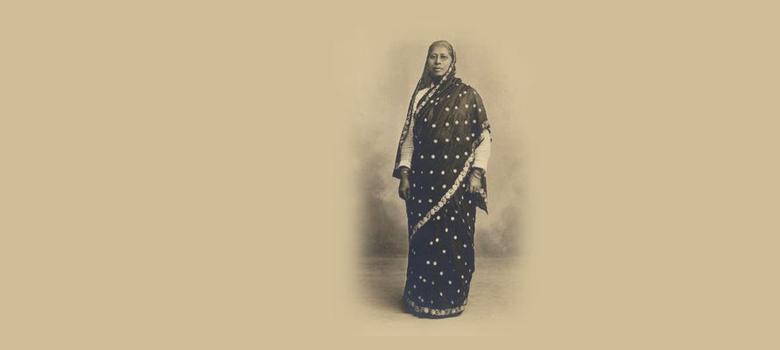
Through Words & Pics: One of the few women doctors in 19th century India
It was in 1893 that Dr Gurubai Karmarkar joined the American Marathi Mission in Mumbai- a stint that would last for more than 30 years. The doctor’s efforts in treating famine –struck children and also during the plague outbreak of 1916 were particularly noteworthy.
A doctor to all classes

Picture from 1891
While many people visited the overcrowded dispensary for treatment, Dr Karmaker visited the homes of people belonging to all classes- from the poor weaver women to wealthy Parsi and Mohammedan women.
She learned medicine at the Women’s Medical College of Pennsylvania where she joined in 1888. Her husband, meanwhile studied at the Hartford Theological Seminary. Their studies bolstered their latter position as Christian missionaries.
The doctor’s work at the American Mission made her a renowned figure in Mumbai. More importantly, it gave her opportunities to represent the country in missionary conferences across the world. Many of her lectures were around the them of the state of women in India.
At the semi-annual meeting on June 1,1893 the doctor spoke impressively about the origins, the evils and the sad results of child marriage in the country and also the sufferings of the child widows.

The doctor with a patient
Working with lepers
The doctor attended Young Women’s Christian Association meetings in Paris in 1906 and Stockholm in 1914. Also, in October 1917 she attended a meeting of the American Board of Commissioners for Foreign Missions in Ohio. At the meetings, the doctor shared notes on the work done in India for lepers.
The doctor’s work with lepers is mentioned in the 1898 volume of ‘Life and Light for Woman’:
“While the height of the suffering may have passed…we must not forget the terrible scars that it has left in its train…Weakened bodies, each one an easy prey to disease, hundreds of families where the bread winner had died, leaving helpless women and children absolutely penniless, widows and orphans whose little all has gone to buy food, men and women hopeless and helpless, sitting down by the roadside without the energy and courage to take up again the struggle for existence, present a pitiful picture indeed.”
During this period, the doctor and her husband adopted a child. “She was almost starved; the hair on her head looked like grass, and long hair had grown on her face till she looked more like a monkey than a human being,” the volume says. “Mrs. Karmarkar oiled the face, and gently pulled out one of those long hairs after another until not a trace of them remains. She has been cared for and wisely trained, until she has grown to be an attractive, obedient, and sweet mannered child.”
Post retirement the doctor donated money to open the Dr. Gurubai Karmarkar Wing at the Lincoln House in Bombay(presently the Nagpanda Neighborhood House)

A picture from 1881
Image credits: wikipedia.org, scroll.in